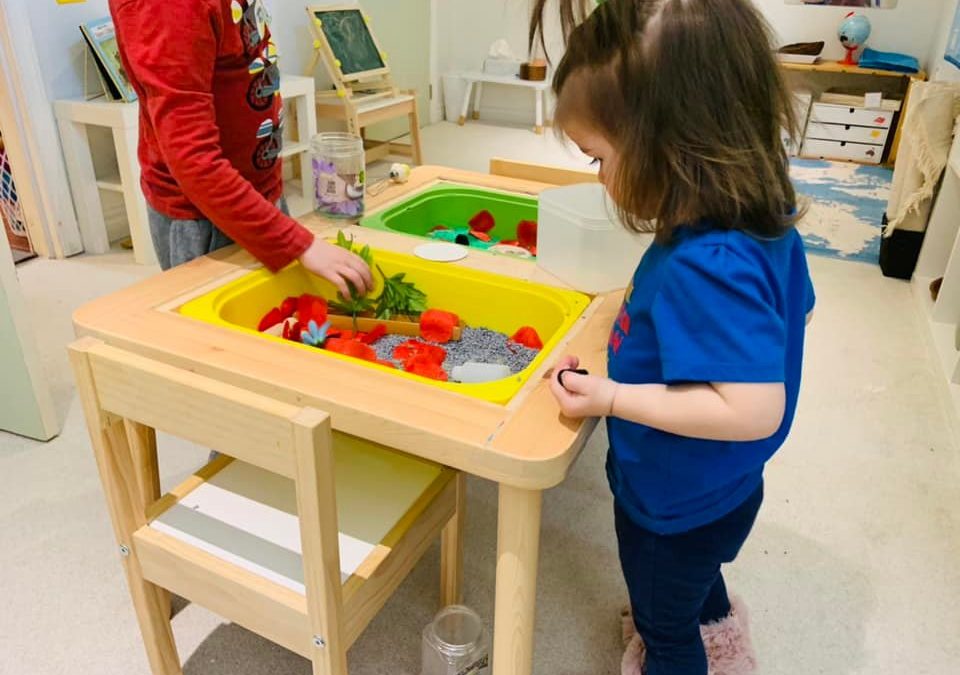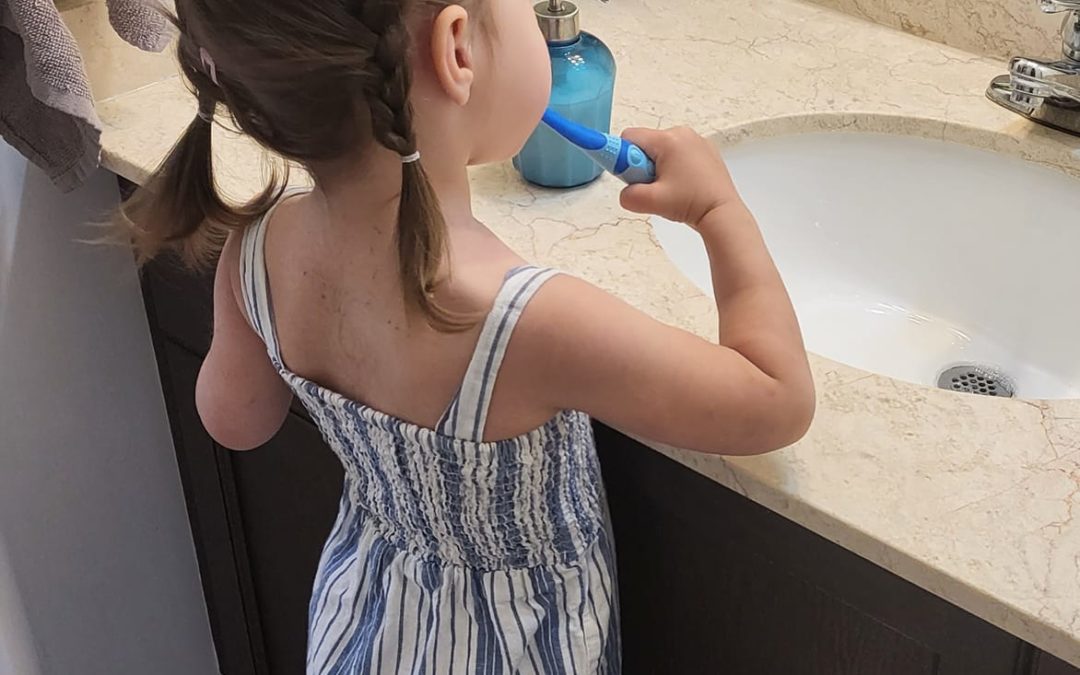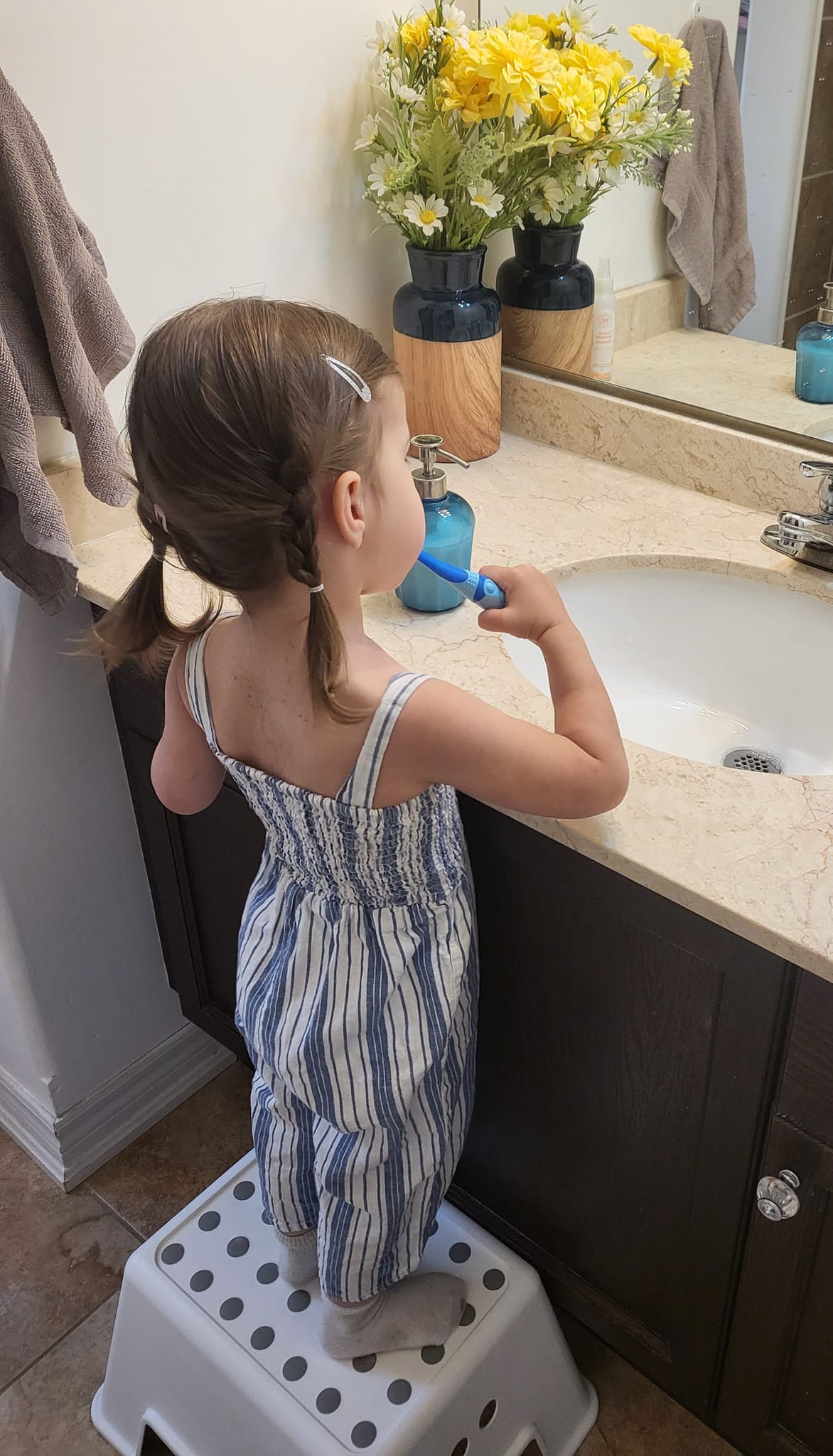
House Rules


1) We do our jobs. (This will be explained below)
2) We respect other people.
3) We respect belongings.
That is it. Those are the rules we run our home with and essentially every other correction or rule can fall under these three. As for the first rule I think I need to explain what those jobs are. For the children that means they do their job, which is to listen to mommy and daddy. I want to be clear here, I mean listen to what we are saying and engage with it. I do not mean obey our every command. It is expected that our children will listen to what we say, and they are welcome to discuss it with us respectfully. In some cases, they may need to obey as well, such as in a case of them neglecting a responsibility. In other cases, they may not need to, if we ask a favour, they are of course welcome to decline. We see their interactions with us here as a critical point for them to practice holding boundaries, negotiating, and compromising. We are the safest people for them to test those skills on, and it is our goal to empower them with those skills.
Rule one also applies to us adults. Our job is to teach our children, and do our best to keep them healthy and safe. So sometimes in order for us to do our job, and follow our own rules we need to override our toddler’s will. For example, if our toddler does not want to brush her teeth. We will remind her that our job is to keep her healthy, and brushing teeth helps keep her healthy. We give one opportunity for our toddler to cooperate after that reminder of the rules and then we gently do it for her, restraining her as gently as possible. Afterwards we empathize, hug, and reflect on what happened. We do not try to convince our children to do as we ask, we don’t bribe or threaten. We just remind them of their job, our jobs, and then do what is necessary as quickly as possible to get it over with. The longer it is drawn out, the more upsetting an ordeal it becomes.

Rule three covers just about everything else. We respect belongings, whether they are ours or somebody else’s. They are meant to be treated with respect, not damaged or misused. That applies to walls, art supplies, pets, cars, toys, and basically anything else they come across. I don’t really like considering live animals as belongings but technically that is what they are, and they do fit in this category. It is because of this rule that I am able to keep all of our art materials at toddler height even on days when I provide daycare and have six children under five in my home. They very quickly learn how to use those supplies respectfully. Supplies that are not used respectfully are put away. Not for long, whenever we leave a room, I reset it. So, the very next time the children enter that room they again have the opportunity to use that material respectfully. They also have the trust to do it. There have been three incidents total of children drawing on walls or furniture in the four years I have provided childcare. In each instance the child cleaned it, and then they never repeated the action. There was no drama, no anger, no punishment. Just a reminder of the rule and then we moved on.











